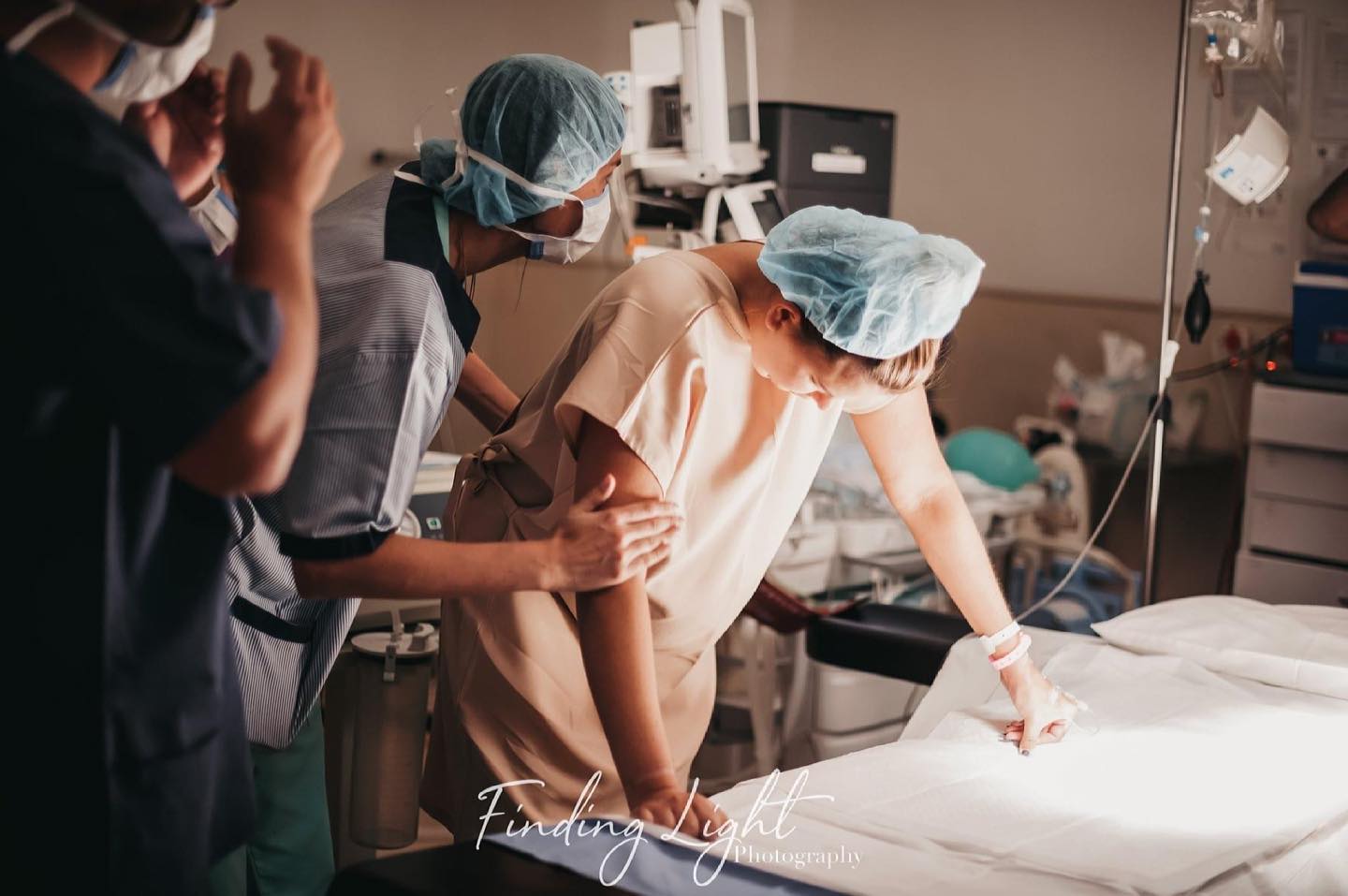
Understanding the Human Spine: The Anatomy, Function, and Common Conditions
Our spine serves as the central support system for the entire human body. Often overlooked, it is essential, not only for physical support and mobility, but also for protecting the spinal cord, which transmits neural signals between the brain and the rest of the body. With its 33 vertebrae arranged in distinct regions, the spine provides a combination of movement, flexibility, stability, and strength. It supports the head, anchors the ribcage, and bears the weight of the entire upper body. Despite its durability, the spine is vulnerable to various conditions that can affect our quality of life. For effective diagnosis and treatment of such conditions, it is important to understand the anatomy of the spine and its function.
Anatomy of the Spine
Vertebrae: The spine consists of 33 vertebrae, which are small bones stacked on top of one another, creating a tunnel that protects the spinal cord and nerves. While most vertebrae are movable to allow a range of motion, the lower vertebrae (sacrum and coccyx) are fused and immobile. The spine is divided into 5 distinct categories:
1. Cervical: The neck region (7 vertebrae)
2. Thoracic: The upper and mid-back (12 vertebrae)
3. Lumbar: The lower back (5 vertebrae)
4. Sacral: The back part of the pelvis (5 fused vertebrae)
5. Coccygeal: The tailbone (4 fused vertebrae)
Facet joints: These joints are lined with cartilage, which allows the vertebrae to slide smoothly against each other. Facet joints enable twisting and turning and contribute to flexibility and stability.
Intervertebral discs: Located between the vertebrae, these discs act as shock absorbers. Each disc has a gel-like centre (nucleus pulposus) encased in a flexible outer ring (annulus fibrosis).
Spinal cord and nerves: The spinal cord is a nerve column that runs through the spinal canal, extending from the skull to the lower back. It branches into 31 pairs of nerves that exit through openings in the vertebrae and transmit signals between the brain and muscles.
Soft tissues: Ligaments connect the vertebrae to maintain spinal alignment. Muscles support and enable movement of the spine, while tendons connect muscles to bones, helping to prevent injuries and facilitate movement.
Function of the Spine
The spine is arguably one of the most crucial structures in the human body. It provides central support, enabling an upright posture and bearing the weight of our heads, torso, and upper limbs. Additionally, its design protects the spinal cord by surrounding it. The spine facilitates a wide range of movements, such as bending, twisting, and rotating, through the
combined action of the vertebrae, intervertebral discs, and facet joints. The intervertebral discs also absorb shocks during activities like walking, running, and jumping. Furthermore, the spine serves as an attachment point for numerous muscles and ligaments, which are essential for movement, stability, and maintaining proper posture. Since the spine is the central support structure for our entire body, it’s not surprising that it’s also highly susceptible to injuries. As Biokineticists, we frequently encounter patients with various types of back pain, such as disc herniations, spondylosis and scoliosis to name few.
Herniated Disc
A herniated disc, also known as a slipped disc, occurs when the gel-like centre of an intervertebral disc pushes through a tear in the disc’s outer layer, potentially pressing on nearby nerves. This condition is often caused by excessive body weight, which puts extra stress on the vertebrae, or by repetitive movements such as lifting, pulling, twisting, or bending. However, a single excessive strain or injury can also lead to a herniated disc. Most disc herniations occur in the lumbar region of the spine. Symptoms may include pain, numbness, or weakness in the back, neck, arms, or legs. Sciatica, characterized by pain radiating down the leg, is common if the disc compresses the sciatic nerve.
Spondylosis
After reviewing X-ray or MRI reports, patients often ask, “What is spondylosis?” Spondylosis refers to the degeneration of the spine due to aging or wear and tear, commonly known as spinal osteoarthritis. Several factors can contribute to spondylosis. Intervertebral discs may lose hydration and elasticity over time, leading to flattening and decreased cushioning.
Additionally, bone spurs can form around degenerated areas as the body attempts to stabilize the spine, which can also sometimes press on nerves. Facet joints between the vertebrae may develop arthritis, resulting in pain and stiffness, and ligaments may thicken or become less flexible, affecting spinal movement. Symptoms of spondylosis typically include back pain, stiffness, numbness or tingling in the limbs, and muscle weakness.
Scoliosis
Scoliosis is a condition characterized by an abnormal sideways curvature of the spine. It is a progressive musculoskeletal disorder of the spine and trunk that can be classified into functional or structural types. Functional scoliosis, which may arise from factors such as pain, poor posture, muscular imbalances, leg length discrepancies or muscle spasms, is reversible and can be managed with manual therapy and exercise. However, if left untreated, it may develop into structural scoliosis, which is less easily corrected and commonly results in visible deformities of the shoulders, ribs and hips, causing general discomfort.
Scoliosis can be described by its curve types; C-shaped for a single curve and S-shaped for a double curve. Thes curves can occur in the thoracic, lumbar, or thoracolumbar regions of the spine. Common signs include a head position slightly off centre, uneven shoulder or pelvis positions, ribcage height differences, posterior rib hump, protruding scapula and leg
length discrepancies. Symptoms may vary in severity and include back pain, pain during movement, respiratory issues and decreased functional capacity. This can lead to altered trunk motion, reduced postural control and muscle imbalance. Through targeted exercise, the aim is to maintain or improve function, prevent curve progression, and address spinal
and trunk deviations.
Recognizing and addressing these conditions is crucial for effective treatment and management. As Biokineticists, our role involves not only diagnosing these issues but also implementing conservative treatments and exercises aimed at improving function, alleviating symptoms, and enhancing overall spinal health. By understanding the spine’s anatomy and the various conditions that can affect it, we are better equipped to support and improve the well-being of those we treat.




